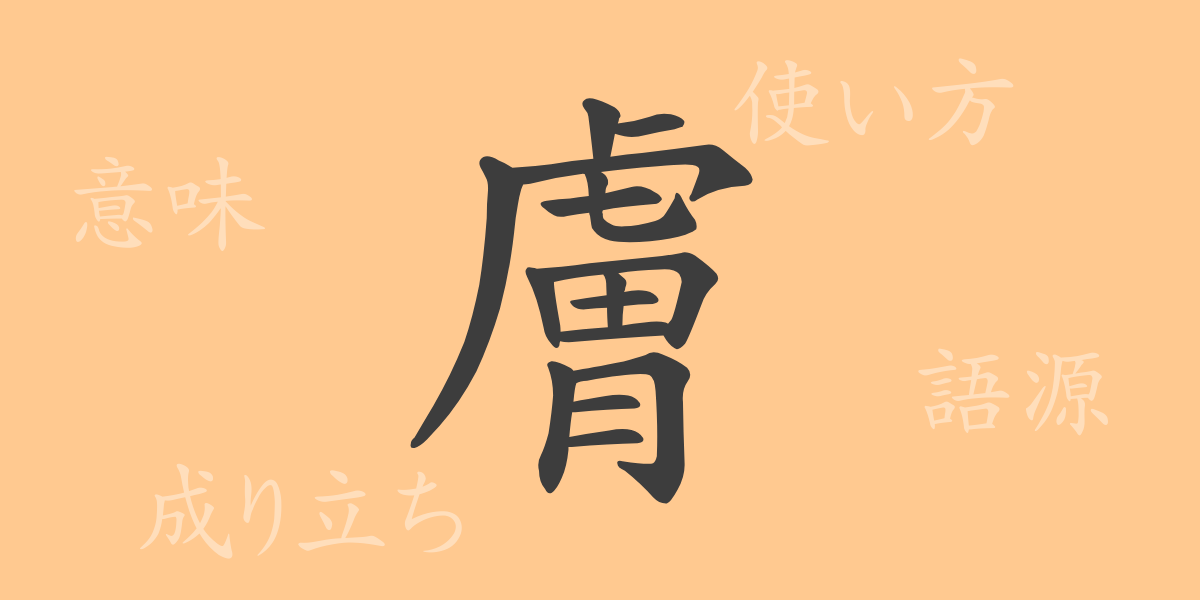The richness of the Japanese language is reflected in its characters. Each kanji has a history and carries deep meaning. The kanji “膚” (fū) may not be used frequently in daily life, but it refers to the skin, a familiar part of our existence, and is used in various expressions. In this article, we will delve into the origins, meanings, usage, and compound words of “膚” (fū).
Origins of 膚 (fū)
The kanji “膚” (fū) is derived from ancient Chinese pictographs. Originally, it depicted the act of skinning an animal and later came to mean human skin. This evolution is closely related to people’s lives and values, illustrating how language evolves with culture.
Meanings and Usage of 膚 (fū)
“膚” (fū) refers to the surface of the skin, primarily meaning human skin. Metaphorically, it can also refer to superficial aspects of things or situations where appearances are deceiving. This kanji is used in various words and expressions in Japanese, carrying different nuances depending on the context.
Reading, Stroke Count, and Radical of 膚 (fū)
The kanji “膚” (fū) can be further understood through its readings and structure.
- Readings: On-yomi (音読み) is “フ” (fū), Kun-yomi (訓読み) is “はだ” (hada)
- Stroke count: 15 strokes in total
- Radical: 肉 (にくづき, nikuzuki)
Compound Words, Idioms, and Proverbs Using 膚 (fū)
Compound words, idioms, and proverbs containing “膚” (fū) reflect its inherent meanings. For example, “肌膚に触れる” (はだにふれる, hada ni fureru) means not only to touch physically but also to deeply affect emotionally. “膚に合う” (はだにあう, hada ni au) signifies that something suits you or is comfortable. The expression “膚を切るより深い” (はだをきるよりふかい, hada wo kiru yori fukai) is used to describe a very deep relationship or strong bond.
Summary of 膚 (fū)
The kanji “膚” (fū) has the power to express not only physical appearance and texture but also the deep aspects of human relationships and emotions. Understanding the diverse meanings and usages of a single kanji like “膚” (fū) is crucial for deepening one’s comprehension of the Japanese language. Through this exploration, we have glimpsed the rich expressive world that “膚” (fū) offers.

























